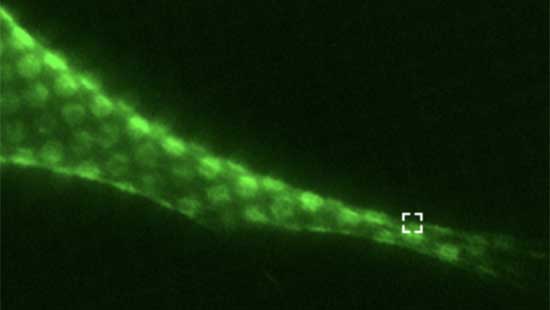Investigating the structure and function of intermediate filaments.
Laboratory for Cytoskeletal & Nucleoskeletal Dynamics

Our Work
Our lab investigates the structure and function of intermediate filaments (IF), a major cytoskeletal component that plays a critical role in providing structural and mechanical support to the cell. Dysregulation of IFs causes a wide range of human diseases, including blistering diseases of the skin, cardiomyopathies, lipodystrophy, muscular dystrophies and neuropathy.
Lab Leadership
Robert Goldman, PhD
Professor Emeritus of Cell & Developmental Biology

About Goldman